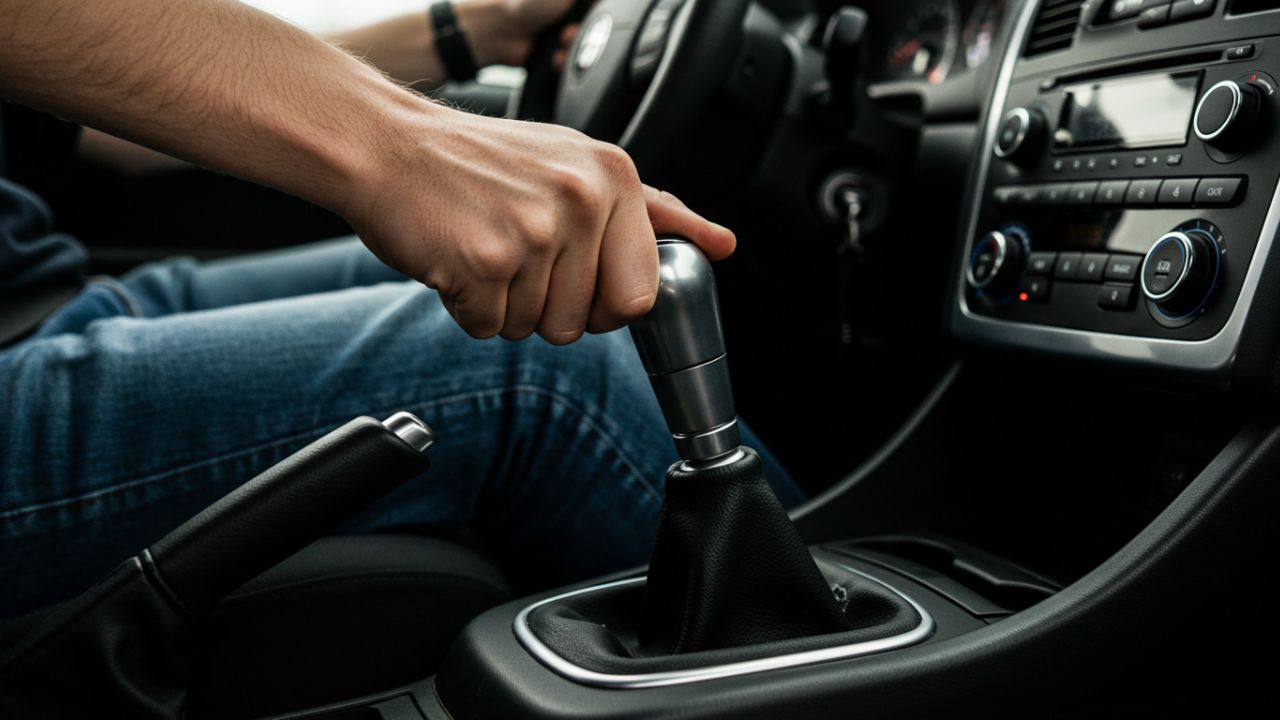Switching 2nd can feel like a daunting task, whether you’re behind the wheel of a car, mastering a bicycle gear shift, or even navigating your way through sports. The ability to transition smoothly between gears not only enhances performance but also boosts confidence in your abilities. Imagine gliding effortlessly from one speed to another without that jarring hiccup that often comes with an awkward switch. It’s all about finesse and understanding the mechanics involved.
In this guide, we’ll demystify switching 2nd for you. We’ll delve into the basics of gear transitions and explore why mastering this skill is essential across various activities. You’ll learn common pitfalls to dodge along the way and gather valuable tips for preparing yourself mentally and physically for smooth transitions. Whether you’re new to gearing up or looking to refine your technique, we’ve got insights tailor-made just for you! Let’s get started on this journey towards becoming a pro at switching 2nd seamlessly.
Understanding the Basics of Gear Transitions
Gear transitions are fundamental to a range of activities, from cycling to driving. At the core of these transitions lies the principle of torque and speed. Each gear serves a unique purpose higher gears for speed and lower gears for power.
When you shift gears, you’re adjusting how much effort is needed relative to your current pace. Understanding this balance helps in making smoother shifts. In vehicles, manual transmissions rely on clutch engagement; releasing it too quickly can lead to stalling or jerky movements. On bicycles, switching gears involves managing chain tension effectively.
Timing plays a crucial role as well. Anticipating when to switch ensures you’re prepared for changes in terrain or traffic conditions. Mastering these basics lays the groundwork for seamless gear transitions down the road.
The Importance of Switching 2nd in Various Activities
Switching 2nd is crucial in many activities, from cycling to driving. In sports, this transition can make a significant difference in performance and efficiency. For cyclists, changing gears smoothly impacts speed and energy conservation. It enables riders to tackle varying terrains without losing momentum. The right shift at the right time can enhance both endurance and enjoyment on longer rides.
In driving, mastering gear transitions is equally vital. Smoothly shifting into second gear allows for better acceleration when merging or navigating turns. A seamless transition improves control over the vehicle while enhancing safety.
Even in musical contexts like playing instruments, switching 2nd refers to transitioning between notes or chords fluidly. This skill enriches performances and captivates audiences. Understanding the significance of these transitions across different activities opens doors to improved skills and heightened experiences. Embracing this knowledge fosters confidence in any endeavor requiring quick adjustments.
Common Mistakes to Avoid While Switching 2nd
One of the most frequent mistakes people make when switching 2nd is rushing the process. Haste can lead to missed gear changes or abrupt transitions, which disrupts momentum. Another common error involves incorrect timing. Shifting too early or too late can result in loss of power and an inefficient ride. It’s crucial to listen to your engine’s sound as a guide for optimal moments to shift.
Many also neglect their body position during transitions. Leaning incorrectly can affect balance and control, making it harder to navigate smoothly through gears. Overlooking proper maintenance on your equipment might seem minor but can have significant impacts. Worn-out components hinder performance and complicate smooth gear transitions significantly.
Preparing Yourself: Tips for a Smooth Transition
Preparing for a smooth transition when switching 2nd is essential. Start by familiarizing yourself with your gear. Know its mechanics and how it responds during different activities. Practice makes perfect. Allocate time to refine your skills in controlled environments before tackling real scenarios. This helps build muscle memory, making transitions feel more natural.
Stay relaxed as you prepare mentally and physically. Stress can lead to errors, so focus on breathing deeply and maintaining a positive mindset. Visualize the process of switching 2nd in action. Picture each movement clearly; this mental rehearsal will enhance coordination when it’s time to execute.
Assess your surroundings before making the switch. Being aware of obstacles or shifts in terrain will allow you to anticipate changes better, ensuring smoother transitions every time you engage with your activity.
Mastering Gear Transitions in Different Scenarios
Mastering gear transitions can differ vastly depending on the activity at hand. Whether you’re cycling, driving, or snowboarding, each scenario presents unique challenges. On a bike, smooth shifting is crucial for maintaining momentum. Anticipate changes in terrain and shift before you hit inclines to keep your cadence steady.
In driving, transitioning gears smoothly enhances fuel efficiency and vehicle performance. Pay attention to engine sounds; they often signal when it’s time to shift up or down. When snowboarding, mastering shifts comes with experience. Lean into turns as you switch edges this helps maintain balance while changing speed.
Each environment requires practice and awareness of how gear shifts affect overall performance. Remember that confidence grows with experience in various situations; embrace those moments of adjustment without fear.
Advanced Techniques for Switching 2nd Like a Pro
To truly master switching 2nd, you need to integrate advanced techniques into your practice. One effective method is visualization. Picture yourself executing the transition smoothly before attempting it in real-time. This mental rehearsal can enhance muscle memory and confidence. Another technique involves body positioning. Ensure that your weight is balanced and aligned properly as you make the shift. This will help maintain control and fluidity during transitions.
Consider using rhythm to your advantage. Whether you’re cycling or playing an instrument, finding a consistent beat can guide your movements, making them more instinctive. Don’t hesitate to record your attempts. Reviewing footage provides insights into areas needing improvement, allowing for targeted adjustments in future practices.
Conclusion: Embracing the Challenges and Enjoying the Process
Embracing the challenges of switching 2nd can lead to a rewarding experience. The process may seem daunting at first, but with practice and commitment, it becomes second nature. Each transition is an opportunity for growth.
When you learn to master gear transitions smoothly, you’re not just enhancing your technical skills; you’re also building confidence in your abilities. Whether it’s on the road or in various activities, smooth shifts can make all the difference. Remember that mistakes are part of learning. Embrace them as stepping stones toward mastery. Celebrate your progress along the way every small victory counts.
As you navigate through different scenarios and apply advanced techniques, keep pushing yourself beyond comfort zones. The journey is as important as the destination itself. So take a deep breath and enjoy the ride ahead!

